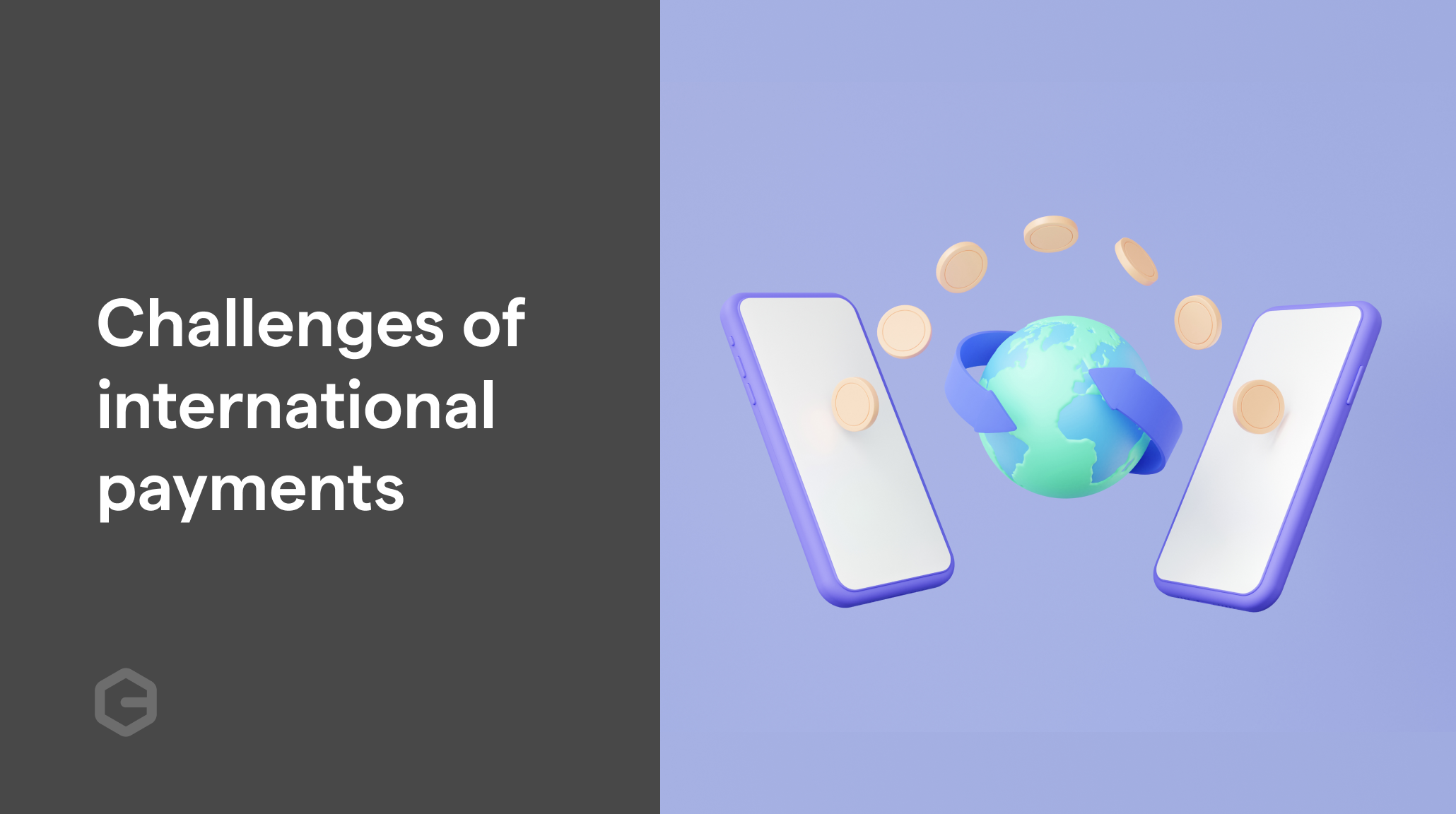India's digital payment landscape has experienced explosive growth, with credit card transactions reaching 3.6 billion in 2024 and estimated to rise by over 9 billion by 2029, according to the Reserve Bank of India (RBI).
Yet behind every swipe, tap, or online purchase lies a complex ecosystem of merchant fees that impact business profitability.
In this blog, we will cover various credit card merchant fees, explore effective strategies to reduce these costs, and outline key considerations when choosing a payment processing provider for your business.
What are Credit Card Merchant Fees?
Credit card merchant fees are charges businesses incur when accepting credit card payments. These fees are typically a percentage of the transaction amount and are paid to the payment processor or the bank facilitating the transaction.
The fees cover the costs of processing payments, including transaction authorization, fraud prevention, and customer support. They can vary depending on the payment gateway, the type of card used, and the merchant's business type.
For example,suppose the merchant fee is 2.5% + ₹0.30 per transaction.
If a customer makes a ₹2000 purchase:
- 2.5% of ₹2000 = ₹50
- Flat fee = ₹0.30
- Total merchant fee = ₹50 + ₹0.30 = ₹50.30
If a customer makes a ₹500 purchase:
- 2.5% of ₹500 = ₹12.50
- Flat fee = ₹0.30
- Total merchant fee = ₹12.50 + ₹0.30 = ₹12.80
As you can see, the merchant fees are calculated as a percentage of the transaction amount plus a flat fee for each transaction, regardless of the amount.
Types of Credit Card Merchant Fees
Merchant fees refer to the various charges that businesses incur when handling electronic payments like credit or debit card transactions. The components of these fees include the following:
1. Interchange Fees
These are fees charged by the card-issuing bank on each transaction, usually as a percentage. The interchange fee is the largest portion of credit card merchant fees and varies depending on factors like card type (credit/debit), transaction method (online/in-person), and business category.
For instance, in-person debit card sales might have a 0.30% interchange rate, while online credit card transactions could incur a 2% fee.
2. Assessment Fees
Card networks like Visa or Mastercard charge these fees, usually based on a percentage of the business's sales volume. They help cover the costs of maintaining the card network infrastructure and are sometimes called pass-through fees. Factors include the type of card, the transaction amount, and additional fees like foreign transaction processing and assessment fees.
3. Payment Processor Fees
The payment processing company charges these fees to connect the business to the card networks. Often bundled with interchange fees, processor fees can be structured as a percentage per transaction, a flat fee, monthly charges, or a combination.
Payment processors typically operate under four main pricing models:
Flat-Rate Pricing: A fixed percentage fee per transaction, regardless of card type, offering simplicity and predictability.
Interchange-Plus Pricing: Charges the actual interchange fees set by card networks plus a fixed markup, providing transparency but with variable costs.
Tiered Pricing: Categorizes transactions into tiers (qualified, mid-qualified, non-qualified) with different rates, simplifying billing but often less transparent.
Subscription-Based Pricing: A fixed monthly fee combined with lower per-transaction rates, ideal for high-volume merchants seeking predictable costs.
PayGlocal stands out as a leader by adopting a flat-rate pricing model with transparent fees for different payment types, such as credit/debit cards (3–3.5%), multi-currency accounts (1.5%), and global payment methods (3.5%). This approach offers freelancers and businesses clear, predictable costs without hidden charges, making PayGlocal an excellent choice for seamless domestic and international payments.
4. Incidental Fees
These are additional fees for services such as paper statements, batch processing, setting up merchant accounts, or renting equipment like point-of-sale systems and card readers. Incidental fees may also be applied for non-compliance with security standards.
The different types of credit card merchant fees are essential for evaluating the true cost of payment processing. Businesses can proactively manage and reduce these expenses and optimize their overall payment processing costs.
What are the Strategies to Minimize Your Credit Card Fees?
While it’s impossible to avoid credit card vendor fees entirely, there are several strategies you can implement to reduce these costs and optimize your payment processing expenses.
1. Pass Credit Card Fees to Consumers
Implement a cash discount program or a credit card surcharge. A cash discount rewards customers who pay with cash, while a surcharge adds a fee for credit card transactions.
2. Sidestep Avoidable Fees
Select a payment processor that doesn't charge unnecessary fees, such as statement fees, minimum monthly processing fees, or PCI compliance fees. If these fees appear, contact the processor to inquire about waiving or eliminating them.
3. Keep Your Chargeback Rate Low
Use secure payment methods like chip cards and contactless payments to minimize chargebacks. Implement return policies, offer strong customer service, and quickly address complaints to avoid disputes. Lower chargeback rates help reduce the risk of increased fees from your payment provider.
4. Set a Minimum Purchase Amount for Card Sales
Setting a minimum purchase amount for card transactions can help prevent small transactions from costing more in fees than they’re worth. For instance, you can set a minimum of ₹200 for card payments. This strategy ensures that the transaction fee doesn’t affect your profit margin on low-value transactions.
5. Train Your Team to Handle Card Transactions
Properly training your staff to handle card transactions can help avoid incidental fees caused by errors or mismanagement. For example, verify card details before processing payments, double-check the amounts, and ensure the payment gateway system is used correctly.
6. Collect Quotes from Multiple Processors
Compare prices by gathering quotes from various payment processors. Use the quotes to negotiate with your current provider, or switch if the savings are significant enough to justify the change.
While implementing strategies to minimize credit card fees, let’s evaluate the fee structures of various payment processors to help you align with your business's financial goals and payment needs.
Comparing Credit Card Processing Fees
When selecting a payment processor, assessing their pricing structure and associated fees is important. Below is a quick comparison table of credit card fees across different providers:
| Payment Processor | Pricing Model | Transaction Fee | Flat Fee |
|---|---|---|---|
| Payglocal | Flat Rate | No fixed fee | |
| Razorpay | Flat Rate | ||
| PayPal | Interchange Plus | ||
| CC Avenue | Tiered pricing model | ||
| Stripe | Flat Rate | 0.25% |
Credit card processing fees are crucial when selecting a payment provider, as they directly impact your business costs. However, that alone is not sufficient. Let’s consider other key factors.
What Should You Keep in Mind When Choosing a Payment Processing Provider?
Security, pricing, and scalability are as important as transaction fees when selecting a payment service provider. Here's what to keep in mind:
Transaction Volume: Consider how many transactions you expect to process monthly. A provider offering specialized pricing models or dedicated customer support might be needed for higher volumes.
Business Type: Determine whether your business is brick-and-mortar or specialized, such as export-based or freelancing. Freelancers need features like easy cross-border payment collection, while exporters need solutions that reduce transaction and foreign exchange (FX) charges.
Preferred Payment Methods: Identify the payment methods your customers prefer, such as credit cards, debit cards, digital wallets, or ACH transfers, and choose a provider that supports them.
Integration: Choose a provider that is seamless and compatible with your existing software systems. A solution like Single Sign-On (SSO) integration streamlines the user experience by allowing customers to access multiple services with a single set of credentials.
Industry Specificity: Some industries, like e-commerce or healthcare, have specialized needs. Look for a provider with experience in your industry.
Security Certifications: Make sure the provider holds industry-standard security certifications, such as PCI DSS Level 1 compliance, to ensure safe handling of sensitive customer data.
Regulations: A payment provider should offer real-time fund status notifications and easy access to downloadable Foreign Inward Remittance Certificates (FIRC) from the dashboard, further ensuring regulatory compliance.
Chargeback Rates: If your industry has a high chargeback risk, consider providers with robust chargeback prevention tools and manageable dispute fees.
Global Expansion: If you plan to expand internationally, choose a provider that supports multiple currencies and complies with regional regulations.
Recurring Billing: If you offer subscription-based services, select a provider that can handle recurring billing, where you can manage all your subscriptions and debits from a single platform and provides detailed reporting features.
Highest Approval Rates: Look for a provider that offers high payment success rates, supported by advanced AI and machine learning-based risk assessments.
Conclusion
Effectively managing and understanding credit card fees is crucial for businesses aiming to optimize their financial health. Implementing strategies to reduce these fees, such as minimizing chargebacks and negotiating rates, can significantly reduce unnecessary costs. This, in turn, directly impacts profitability, allowing for better resource allocation and improved cash flow management.
For seamless payment solutions with transparent fees, Payglocal offers services designed to help you handle and reduce payment processing costs while ensuring smooth customer transactions. Get Started Today!
FAQs
Can I charge card fees to customers?
No, as per regulations established in 2018, it is illegal for businesses to add surcharges to offset processing fees at checkout.
How can I avoid paying merchant fees?
One way to reduce merchant fees is to offer discounts or incentives to customers who pay via cash or Automated Clearing House (ACH) transfers. This can decrease card transactions and the associated fees. Additionally, setting a minimum purchase amount for card transactions can help offset the cost of fees on smaller purchases.
What’s the difference between interchange fees and payment processor fees?
Interchange fees are paid to the customer’s card-issuing bank and are the core of credit card merchant fees. Payment processor fees, on the other hand, are additional charges levied by your payment provider for handling the transaction.
What is the maximum credit card fee?
Credit card surcharges cannot exceed the actual cost of processing the card or 4%, whichever is lower, even if the business’s processing expenses are higher.


